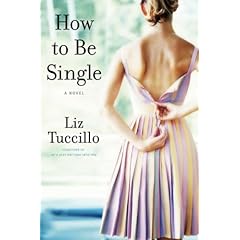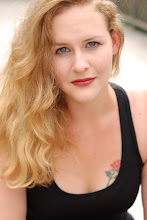
Published by Random House of Canada.
The Almost Archer Sisters is a smart novel about the dysfunctional relationship between two sisters. I really enjoyed this book. The characters are complicated and endearing, and their problems intertwine in such a way as to provide a realistic vision of sibling relationships.
Peachy and Beth are sisters who grew up on a farm in a small town just north of the U.S. border. While Beth left for New York to go to college, Peachy stayed, having gotten knocked up by Beth’s old high school boyfriend, Beau. Peachy married him and bore two children, Sam and Jake. After the first chapter, a recount of Beth leaving for college, we find Peachy in the park with her sons. Later, we find out she’d gone there at 4 in the morning after finding her Beth and Beau going at it in the pantry. Flashbacks abound in the first half of the novel, retelling key occurrences in the girls’ lives⎯their mother’s suicide, their estrangement from their grandmother, Beth’s shady birth (her mother and Lou, with whom she grew up, crossed the border just after Beth was born, Lou dodging the draft; her real father had been killed in Vietnam). These tales come naturally, like a stream of memories rather than the insertion of plot exhibition. Later, the story continues: Peachy returns from the park, and determines to continue with her and Beth’s planned trip to New York⎯without Beth. Effectively, the girls switch roles, Peachy going to the city and spending time with Beth’s New York friends, and Beth left behind to care for Peachy’s family, but the fact that they learn to appreciate each others’ roles in life is beside the point.
What Gabriele managed to do in this book, is to create a realistic vision of interfamilial conflict. Peachy, instead of dropping everything and running off to New York (the crazed, scorned woman), has responsibilities to tend to. She has to return from the park, ensure her children are taken care of while she’s gone, give instructions to Beth, left behind, on how to complete her normal household duties (this results in two pages of detailed instructions, Beth attempting to interrupt the while, ending with Peachy’s hilarious finishing remark, “And kudos to you if you can find the time to fuck my husband again in between all that” [123]). These details put the reader right in with the conflict⎯nothing is assumed. It’s not just there-was-a-fight-now-the-obvious-follows kind of writing. Despite conflict, there are still things to be tended to, still people who need to be dealt with. After Peachy leaves, she doesn’t go on a vengeful tirade against her sister to her New York friends; she remains loyal to her sister, covering up for fibs Beth has told and refusing to disclose what Beth had done (until she figures out that everyone already knows, at least).
The book maintains an internal logic. The eccentric characters are eccentric, without being archetypes; the college dropout housewife is still allowed to be smart and insightful. The plot is completely unforced. The Almost Archer Sisters is one of the best novels I’ve read in a while and contains some of the most realistic female characters I’ve encountered.






